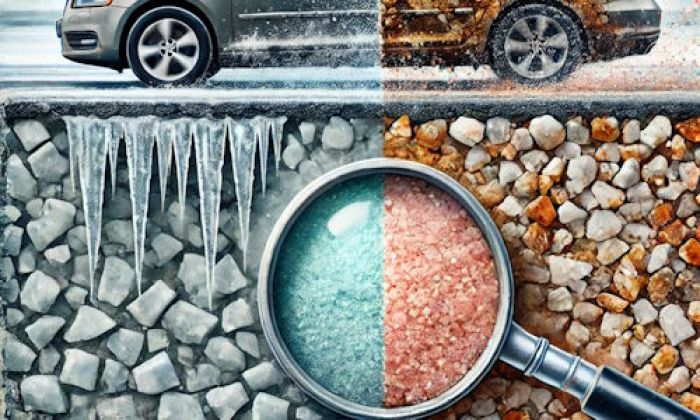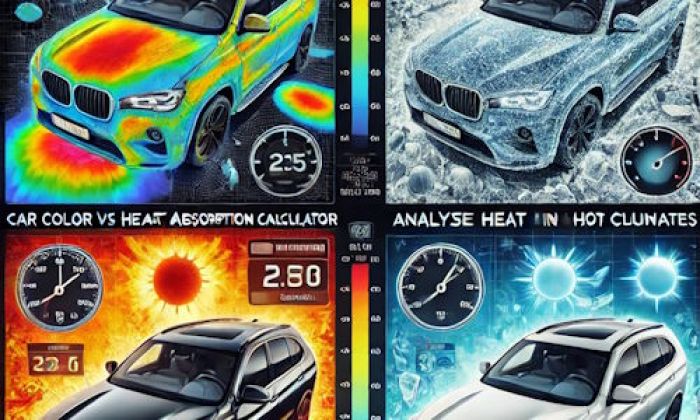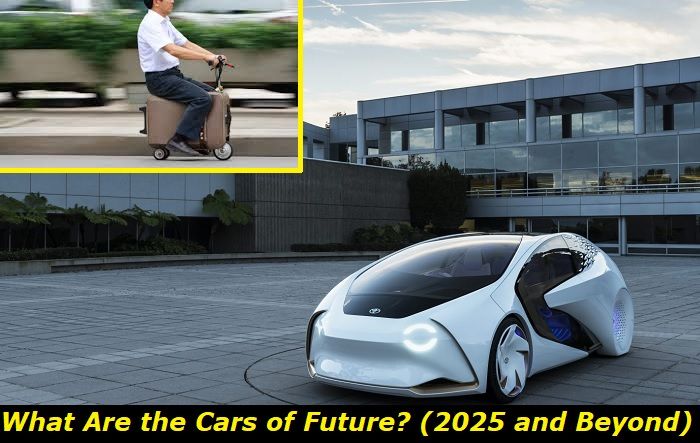Jeep belongs to Stellantis company now and uses common Chrysler-Jeep-Dodge-Ram engines that the corporation engineers on its own or in cooperation with other brands from all over the world.
Jeep engines aren't considered to be the most durable and reliable nowadays. But they are still the icons in the automotive world. These powerplants are legendary, they are, in most cases, performance-oriented and focus on technologies. These engines are worth your attention because they feature a lot of wonderful technologies and ideas.
.jpg)
In this article, I will list the Jeep engines that I've reviewed in detail in this blog. I will also give you the links to the detailed articles so that you can learn more information about the powerplants and form your own opinion about them.
Jeep 3.6L Pentastar V6 engine
This is the legendary engine that was first introduced in 2010 and replaced several other big engines at once. The 3.6L V6 has been used in a lot of cars of Stellantis and since 2016 they also introduced the mild-hybrid version with better gas mileage and more modern technologies included in it.
Even though the engine was updated in 2016, it remained reliable, powerful, and durable. Additional technologies didn't spoil the machine. But still, you shouldn't hope that the engine doesn't have any problems at all. There are loads of issues to be considered.
The 3.6L Pentastar powers the Jeep Grand Cherokee, Gladiator, and also the Wrangler in many different modifications and generations. It's widely used in Chrysler vehicles, Dodge, and Fiat cars. Also, it was used by Lancia and even Volkswagen.
Key features and my opinion:
- Production years:2010-now
- Average lifespan of Pentastar V6:220,000-250,000 miles
- Fuel supply type:port injection
- Power range:280-310 hp
- Fuel efficiency:bad
- Engine block material:aluminum
- Engine reliability score:high
- The most common problems:phasers aren't durable, software problems in early model years, the VVL system is not perfect, thermostat and water pump are weak.
Jeep 3.8L EGH engine
The EGH 3.8L engine was used in the Wrangler JK generation and also in several Chrysler, Dodge, and Plymouth cars. This legendary engine had two generations and was engineered at times when fuel wasn't a problem for American car owners. Now, it's considered too inefficient and burns too much expensive fuel.
But still, engines with poor fuel consumption are usually pretty durable. And this is right about the 3.8L EGH engine. It's very simple in its construction. The most technological thing in its head is the set of lifters. There are no phasers and the cams are driven by a reliable chain. There is basically nothing interesting I can tell you about the technologies used here.
The second generation was introduced in 2000 and was more powerful. But it also lost some durability and is considered less reliable.
Key features and my opinion:
- Production years:1990-2011
- Average lifespan of EGH:250,000-280,000 miles
- Fuel supply type:port injection
- Power range:150-215 hp
- Fuel efficiency:awful
- Engine block material:cast-iron
- Engine reliability score:high
- The most common problems:plastic intake manifold loves cracking, coolant leaks are common, chain can require replacement at 150K miles.
Jeep 5.7 Hemi engine
The 5.7 Hemi engine is perfect in everything but the fuel consumption. It's a huge V8 machine that loves good maintenance and high-quality fuel. A lot of high-quality fuel. When it comes to Jeep cars, this engine powered the Commander and Grand Cherokee. The VVT version of this engine is still sold in several high-performance versions of the Grand Cherokee.
This is one of the perfect engines in terms of durability. Yes, it still has some flaws and can be considered inappropriate for some kinds of use. For example, these Hemi engines hate idling. If you idle your vehicle a lot, you will have lifter problems and the head may die very quickly.
Also, the phasers are known to be pretty faulty in some VVT Hemi engines, so the earlier generation that had no phasers seems to be a better option. Of course, these older engines will burn even more fuel.
Key features and my opinion:
- Production years:2004-now
- Average lifespan of 5.7 Hemi:220,000-250,000 miles
- Fuel supply type:port injection
- Power range:325-395 hp
- Fuel efficiency:awful
- Engine block material:cast-iron
- Engine reliability score:high
- The most common problems:very demanding in terms of oil viscosity, the EGR valve may get stuck, exhaust manifold cracks are common, Hemi ticking noise is here.
Jeep 2.0L GME T4 engine
If you are looking for fuel economy and power, the hybrid engine in Jeep vehicles is the one to try. The GME T4 engine is a 2-liter 4-cylinder powerplant with a hybrid system added to it.
The hybrid system is unusual. Two motors are integrated into the transmission system. Also, the GME T4 engine comes with the option to charge the battery from the outer sources, so this is the PHEV system that can offer some all-electric range.
The most common use of the powerplant is the Grand Cherokee 4xe but there are several models that utilize the engine now.
GME stands for Global Medium Engine and Stellantis has been using the technology in many other projects. But the GME T4 engine is still the only one in the family and its application is somewhat restricted.
Key features and my opinion:
- Production years:2016-now
- Average lifespan of GME T4:140,000-160,000 miles
- Fuel supply type:direct injection
- Power range:375 hp
- Fuel efficiency:excellent
- Engine block material:aluminum
- Engine reliability score:medium
- The most common problems:turbocharger problems, issues with electronics, hybrid battery problems, overall maintenance costs.
Jeep 3.1 TD engine
This is one of the least-known Grand Cherokee engines. The 3.1 TD diesel engine was used for European Jeep vehicles between 1999 and 2002. It was engineered by VM Motori and was basically the more common 425 OHV engine with one additional cylinder.
This is the 5-cylinder diesel engine with 3.1 liters of displacement It offers pretty good power and torque and is very reliable. Of course, there are still some flaws that need to be considered but the engine could beat almost any gas-powered machine in the Grand Cherokee in terms of its life expectancy.
Indirect fuel injection is pretty exotic. Also, these engines used timing gears. It means there are no belts or chains, the cams are driven by gears and the possibility that it will ever fail is minimal.
Key features and my opinion:
- Production years:1999-2002
- Average lifespan of 3.1 TD:260,000-300,000 miles
- Fuel supply type:indirect injection
- Power range:140 hp
- Fuel efficiency:average
- Engine block material:cast-iron
- Engine reliability score:medium
- The most common problems:engine head issues, vibration and noises, pretty bad fuel economy.
About the authors
The CarAraC research team is composed of seasoned auto mechanics and automotive industry professionals, including individuals with advanced degrees and certifications in their field. Our team members boast prestigious credentials, reflecting their extensive knowledge and skills. These qualifications include: IMI: Institute of the Motor Industry, ASE-Certified Master Automobile Technicians; Coventry University, Graduate of MA in Automotive Journalism; Politecnico di Torino, Italy, MS Automotive Engineering; Ss. Cyril and Methodius University in Skopje, Mechanical University in Skopje; TOC Automotive College; DHA Suffa University, Department of Mechanical Engineering






Add comment